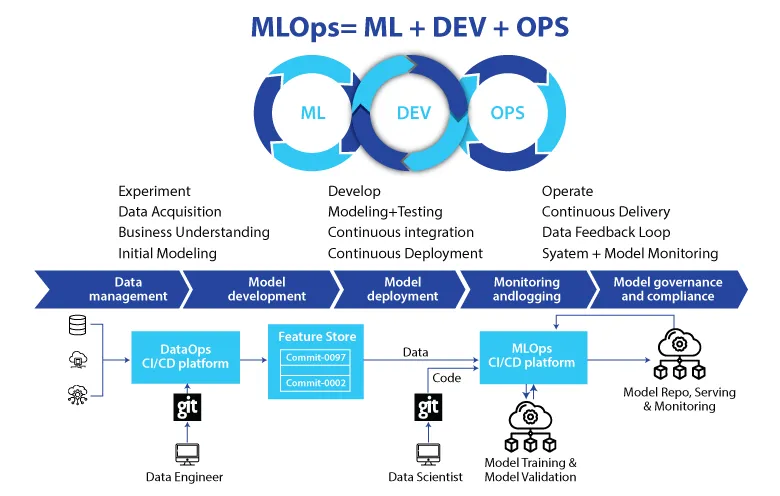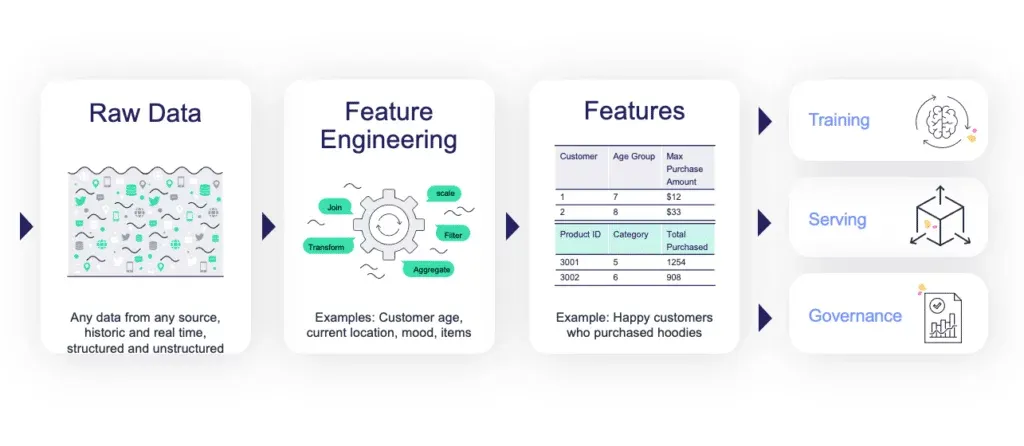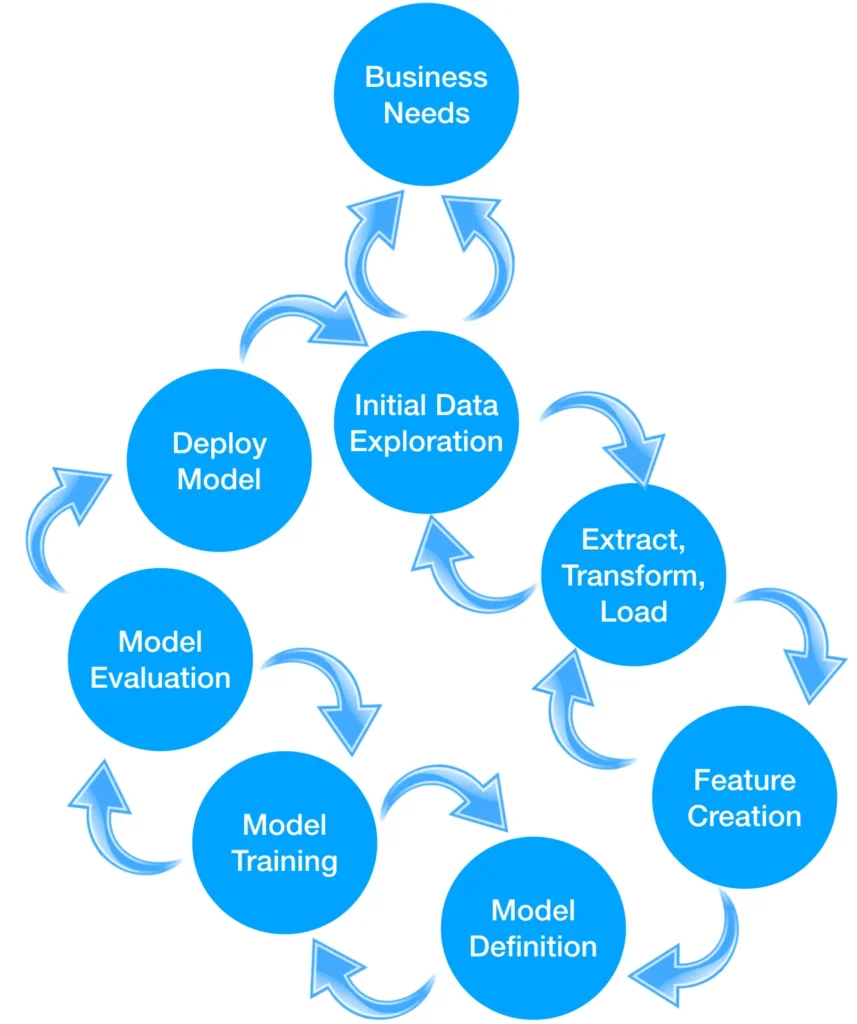4. Model Deployment and Monitoring
After successful validation, the models are deployed into production environments, where they can be integrated into applications, systems, or services. This phase involves containerization, scaling, and orchestration of the ML models, as well as continuous monitoring of their performance, resource utilization, and potential drift or degradation over time.





